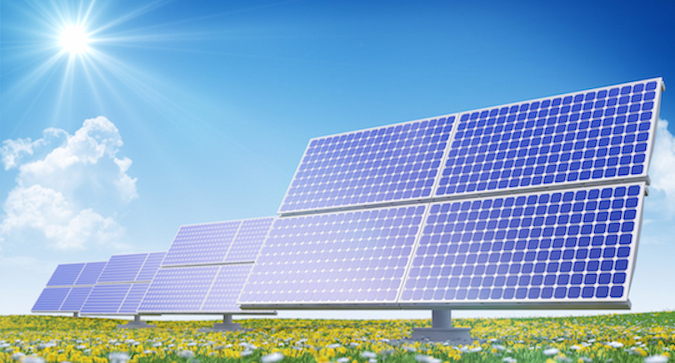Utilizing solar energy for agriculture, also known as solar farming or agrovoltaics, is a sustainable approach that not only benefits the environment but also contributes to increasing agricultural productivity. Here’s how you can integrate solar energy into farming practices:
- Solar Panels Installation: Set up solar panels on farm structures like barns, sheds, or unused land to capture sunlight and convert it into electricity. Consult with solar energy companies to design and install a system tailored to your farm’s needs and available space.
- Water Pumping and Irrigation: Install solar-powered water pumps and irrigation systems to efficiently water crops using renewable energy. This reduces reliance on fossil fuels and lowers operational costs in the long run.
- Electric Fencing: Use solar-powered electric fencing to protect crops from wildlife and intruders. Solar fencing is cost-effective, environmentally friendly, and easy to install in remote areas where grid power may not be accessible.
- Greenhouses and Solariums: Construct greenhouses or solariums equipped with solar panels to provide controlled environments for growing crops. Solar-powered ventilation and heating systems can maintain optimal growing conditions while minimizing energy consumption.
- Data Monitoring and Automation: Implement smart farming techniques by integrating solar-powered sensors and automation systems. These tools can monitor soil moisture, temperature, and other environmental factors, allowing for precise irrigation and fertilization schedules tailored to crop needs.
- Solar Drying and Processing: Install solar dryers and processing equipment to preserve and add value to harvested crops. Solar drying reduces moisture content in produce such as fruits, vegetables, and grains, extending shelf life and reducing post-harvest losses.
- Off-Grid Solutions: For remote or off-grid farms, invest in standalone solar systems with battery storage to power essential equipment and facilities. These systems provide reliable electricity without the need for expensive grid connections or diesel generators.
- Community Solar Projects: Collaborate with neighboring farms or communities to develop larger-scale solar projects. Shared solar installations can distribute costs and benefits among participants, making renewable energy more accessible and affordable for everyone involved.
- Educational Outreach: Raise awareness about the benefits of solar energy in farming by hosting workshops, demonstrations, or farm tours. Share your experiences and insights with fellow farmers, policymakers, and consumers to promote sustainable practices and environmental stewardship.
By incorporating solar energy into farming operations, you can reduce carbon emissions, lower operating costs, and contribute to a cleaner and more sustainable future for agriculture and the planet.





Leave a Comment